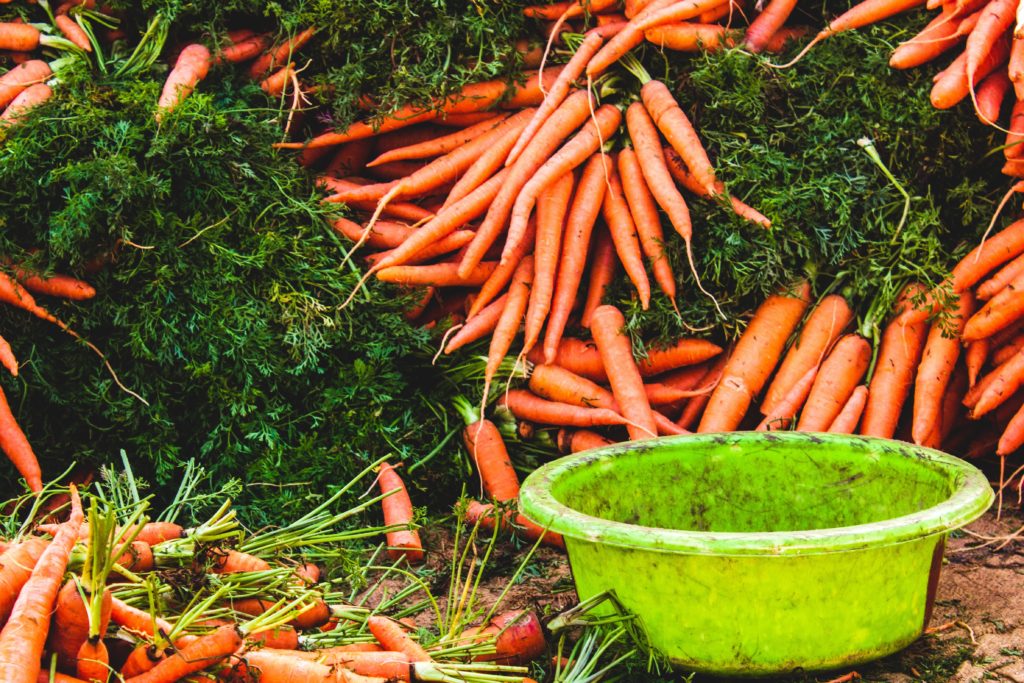4X Biochar suggests using small amounts of raw Biochar over soils twice a year as a way to build your soils. Placing Biochar on top of soils and allowing it to draw down nutrients from the environment and naturally work its way into soils.
For toxin removal, spread one gallon of Biochar over your soil per one hundred square feet.
For enriching gardens and lawns, spread one gallon of Biochar per square yard. It can be used in lawns and gardens, as well as farms, animal pens, and pastures.
For untilled soils, such as your lawn, simply add raw biochar to your favorite soil mix and broadcast it over the area. Use about one half-gallon of soil/ Biochar mixture per square yard in the fall to absorb excess nutrients that are in the soil as plants and trees go into dormancy for the winter.
A second application can be applied in spring to give plants a slight carbon boost.
Charging the Biochar
For gardens and potted plants, you will need to “charge” your Biochar. To do this, simply add your favorite nutrients, microbes, mycelium, and plant foods to 4X Biochar. Place in an airtight container with enough water to cover and let it sit for at least a couple days, up to a week, adding water to cover as it is absorbed by the Biochar. Mix nutrients, microbes, and mycelium according to instructions for watering your plants, then add water to the Biochar mix. Nutrients added can be as simple as worm castings or compost to as complex as imported bat guano, barley flour, and molasses. Gathering microbes and mycelium can be as easy as washing off some root crops to as complex as specialty designed order for a specialty crop. At 4X Biochar, we recommend using as little as one gallon per 100 square feet to as much as one gallon per one square yard per year, depending on our budget and experience with the product to build soil carbons.

For potted plants, use 5% to 15% charged Biochar in your potting mix, and simply mix charged Biochar into the soil prior to planting, then water as normal.
For gardens, ‘charged’ Biochar can be added in rows as you plant, or mixed in the soil before you put plants in the soil. For trees, you can open the soil with a spade and pour Biochar in space created by moving spade back and forth. Placing holes around the tree can also work; drill down about six inches into the soil and fill with Biochar.
For ponds and lakes and streams, biochar can simply be broadcasted over water, the soil around ponds and streams. Biochar can also be put into drain til socks and placed on shore. As waves wash over the sock it will filter water, returning nutrients to the water. Wave filters can also be installed by removing soil on the edges of ponds and lakes and filling holes with Biochar. As waves pass over Biochar the water will be filtered.
